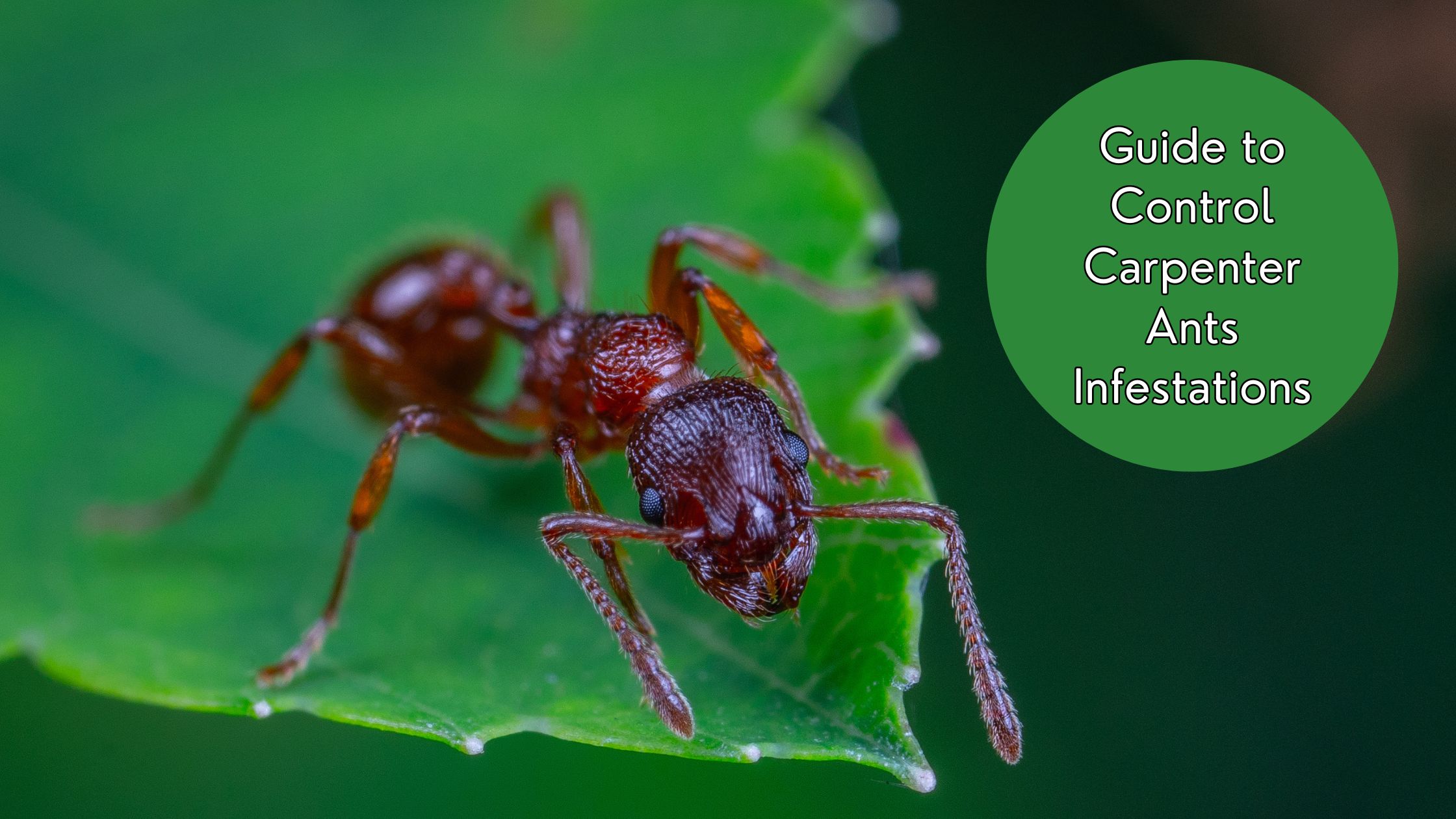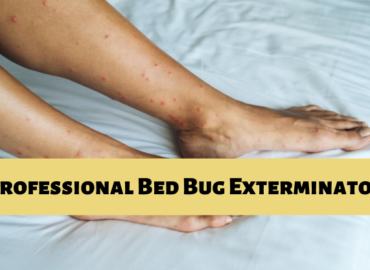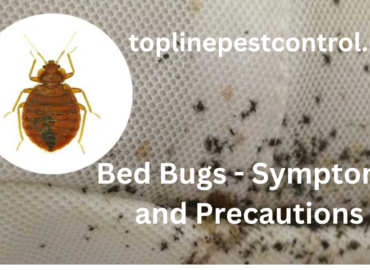Carpenter ants are more than a nuisance. They may cause structural harm to your house. The problem with carpenter ants does not occur because of eating the timbers of your home like termites. Instead, they excavate the wood to create their nest, thus weakening the infrastructure, which is expensive to repair.
Understanding Carpenter Ants
Carpenter ants are large and usually black in colour. They are known to damage wood structures. They favour damp or rotten wood, so high-moisture areas like bathrooms, basements, and kitchens are ideal for them. Carpenter ants are nocturnal, so seeing them during the day is a sign that the infestation is large.
Signs of Infestation
Here are some infestation signs:
1. Visible Ants
These are one of the largest ant species. They are mostly black, red, or both. Spotting these ants indoors is a pretty good indicator that you have an infestation.
2. Wood Shavings
Carpenter ants do not feed on the wood but hollow it, forming cavities to nest inside. This leaves behind frass, also called sawdust. Therefore, any piles of frass near any wooden structure or window sills will signify an infestation.
3. Rustling Noises
If you hear faint rustling sounds inside walls or wooden constructions then it might be the moving and excavation of wood by carpenter ants.
4. Winged Ants
Winged carpenter ants or swarmers come to life during spring or early summer specifically for mating and establishing new colonies. The appearance of these winged ants either inside or outside your property is a sure sign that you have an infestation.
Controlling Methods
- Locate the Nest
These are the first steps towards carpenter ant control. Searching for the ant’s nest. You have to do it very carefully because of the fact that they prefer nesting in hidden and inaccessible areas mostly around moisture, damage and wood shavings.
- Eliminate Moisture
Carpenter ants love moisture-damaged wood. Eliminate your home’s appeal to these pests by fixing the leaks and ensuring proper drying of highly moist areas through adequate ventilation.
- Bait
Long-lasting chemicals work well as ant bait. Ants return to the nest with the poison, which then destroys the colony. Insect-killing sprays can also be used, but they must be used cautiously and with all safety precautions in hand.
- Chemical Treatments
Applying insecticidal dust and sprays on and around the nesting colony can be quite effective, but to minimize harmful chemical exposure, such chemicals are best applied by professionals.
Takeaway
Knowing all about carpenter ants and using these pest control methods, you can help keep the unseen pest’s damaging effects at bay. Early detection and immediate action are vital in keeping one’s home property safe and sound.Protect your home from destructive carpenter ants with Top Line Pest Control’s expert services. Contact them today to schedule an inspection and keep your property safe from pestering ants!



